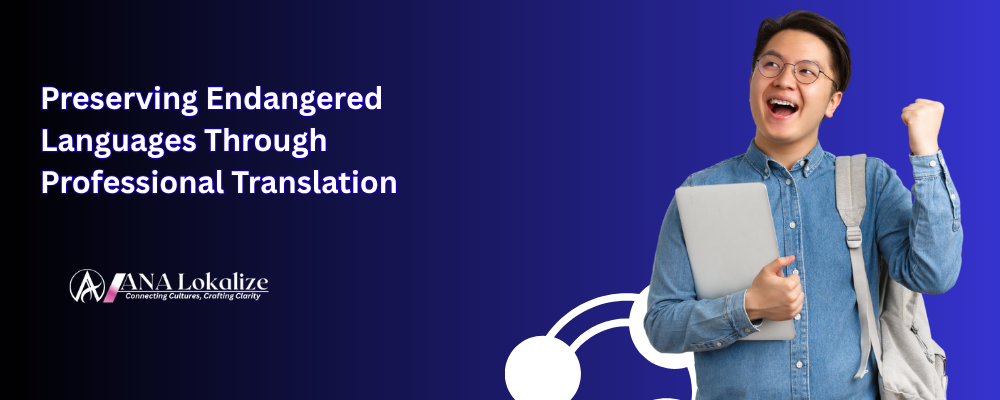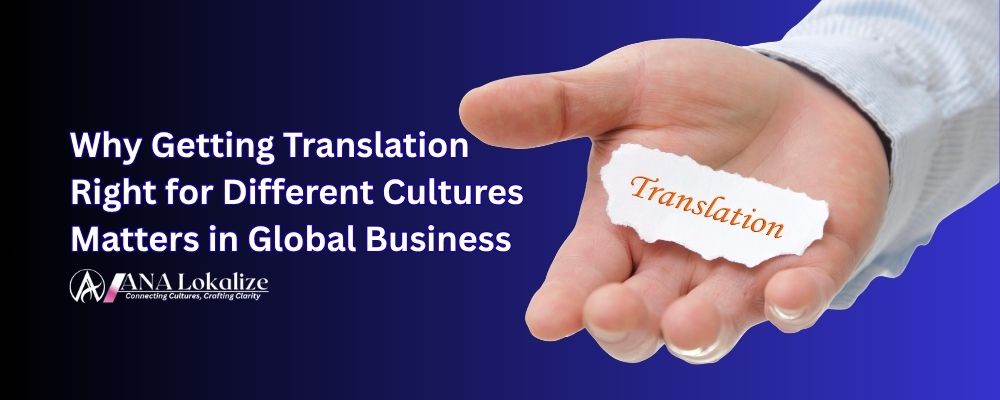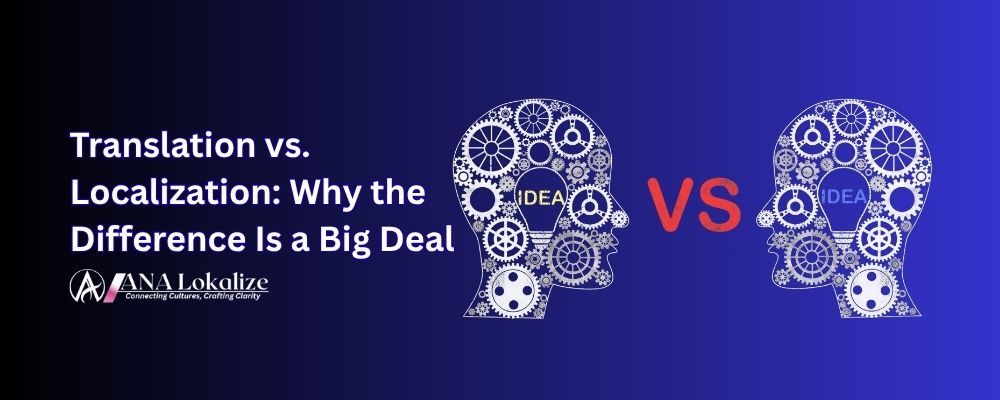Preserving Endangered Languages Through Professional Translation

Every language is unique. Some capture details that larger languages do not. For example, in Inuit languages, there are many words for snow and ice. Each one describes a different shape, texture, or use. These words reflect deep knowledge of the environment. If the language disappears, that knowledge may vanish too.
Languages also link generations. Elders pass down traditions, proverbs, and songs to children through words. A native tongue is often tied to identity and pride. Losing it can make people feel disconnected from their own culture.
Preserving languages is not only about saving old words. It is about protecting knowledge, respect, and belonging.
How professional translation helps
Professional translators play a vital role in this fight. Their work supports endangered languages in two main ways:
From local to global
Translating stories, songs, or poems into global languages makes them accessible to wider audiences. A folk tale from an Amazonian tribe can be read in English or French. This raises awareness and builds support for preservation.From global to local
Translating modern information into native tongues keeps languages useful. Health guides, school lessons, or legal rights documents in a community’s language make life easier and safer. This also encourages daily use, especially among young people.
Both paths strengthen survival. One protects heritage. The other ensures relevance in today’s world.
Education and literacy
Education is one of the strongest ways to protect languages. Yet, many endangered languages lack textbooks, dictionaries, or written materials. Schools often teach only in dominant languages like English, Spanish, or French. Children grow up fluent in those but forget their mother tongue.
Professional translation can change this. Bilingual books and lessons allow children to learn in both languages. For example, in parts of Africa, schools now use bilingual readers with English and local languages side by side. This helps students master global skills while staying connected to their roots.
Translation also supports adults. Farmers, workers, and leaders can use guides in their own tongue. This makes training more effective and practical. A farming manual in a native language can improve harvests and boost confidence at the same time.
Recording oral traditions
Many endangered languages exist mainly in spoken form. They were never written down. This makes them especially fragile. If the last fluent speakers pass away, the language could be lost forever.
Here, translation works hand in hand with documentation. Linguists and translators record songs, folk tales, and conversations. These recordings are later written, archived, and translated into other languages. This process captures rhythm, humor, and meaning.
For example, the Maori language of New Zealand has been recorded and translated into books, music, and digital archives. These efforts not only save the words but also the culture behind them.
Technology’s role in preservation
Modern technology adds speed and reach to this work.
Digital archives: Online platforms store audio, text, and video in endangered languages. Communities can access them anywhere.
Mobile apps: Simple apps allow users to build dictionaries or learn words. Duolingo, for example, now offers lessons in Navajo and Hawaiian.
CAT tools and translation memory: These tools help translators manage rare words, keep consistency, and build databases for future work.
Speech recognition: This can capture pronunciation and create audio guides.
Still, machines alone cannot save languages. A literal translation may miss cultural meaning. Professional translators ensure accuracy, emotion, and context. A proverb about patience, for example, may lose its wisdom if translated word-for-word by software. Human skill keeps the heart alive.
Giving communities a stronger voice
Language is also about power. Translation ensures that communities can take part in important issues.
Imagine a health warning about safe water written only in English. If a rural community speaks only their native tongue, the message may fail. Translation makes sure everyone understands.
This applies to law, education, and climate change. Communities need access to clear information in their own language. It shows respect and inclusion. It also builds trust between leaders and people.
Collaboration with native speakers
Translation projects succeed only when local speakers are involved. Professional translators often work with elders, teachers, and young learners. Elders share correct words and meanings. Translators turn them into books, lessons, or digital resources.
This teamwork inspires pride. Children see their elders’ knowledge valued. They become motivated to speak and preserve their language. Without community input, translations risk errors or lack of cultural depth. With it, the work becomes more authentic and lasting.
Raising global awareness
Endangered languages need attention beyond their communities. Translation brings them to the global stage. When stories, poetry, or songs are translated into English, French, or Spanish, more people read them. This sparks curiosity, research, and even funding for preservation.
For example, translated Hawaiian and Maori literature has reached readers worldwide. This raised awareness and built pride within the communities themselves. Global respect often strengthens local identity.
Challenges in preservation
Despite progress, challenges remain.
Lack of resources: Many projects depend on small grants or volunteers. Skilled translators may not be available.
No standard writing system: Some languages have no agreed spelling or grammar. Translators must decide how to write them.
Limited use in daily life: Even with materials, young people may prefer dominant languages. Social pressure can weaken local tongues.
These issues slow the work. Yet, each small step—each dictionary, book, or recording—helps keep a language alive.
Why translation matters for the future
Saving languages is not only about words. It is about keeping identity, wisdom, and pride alive. Professional translation ensures that endangered languages are not only recorded but also used. It connects local traditions with global audiences and brings modern knowledge into native tongues.
Translation protects children’s right to learn in their own words. It preserves songs for future generations. It gives communities a voice in decisions that affect them.
Every bilingual book, every recorded story, and every translated guide is a victory. Together, they form a bridge between the past and the future.
Conclusion
Languages are living treasures. When they die, humanity loses knowledge, identity, and culture. Professional translation helps protect these treasures. By recording oral traditions, supporting schools, using technology, and raising awareness, translators give endangered languages a chance to survive.
The task is not easy. But with skill, respect, and collaboration, languages can live on. Preserving language diversity is about more than words—it is about protecting who we are.
Stephane B. Atangana
Professional translation and localization experts with 10 years of experience in helping businesses connect with global audiences.
Search Articles
Related Articles

key to successful corporate communication, AI vs Human translation

Why Getting Translation Right for Different Cultures Matters in Global Business

Translation vs. Localization: Why the Difference Is a Big Deal
Subscribe to Our Newsletter
Get the latest translation insights and industry news delivered to your inbox.
We respect your privacy. Unsubscribe at any time.
